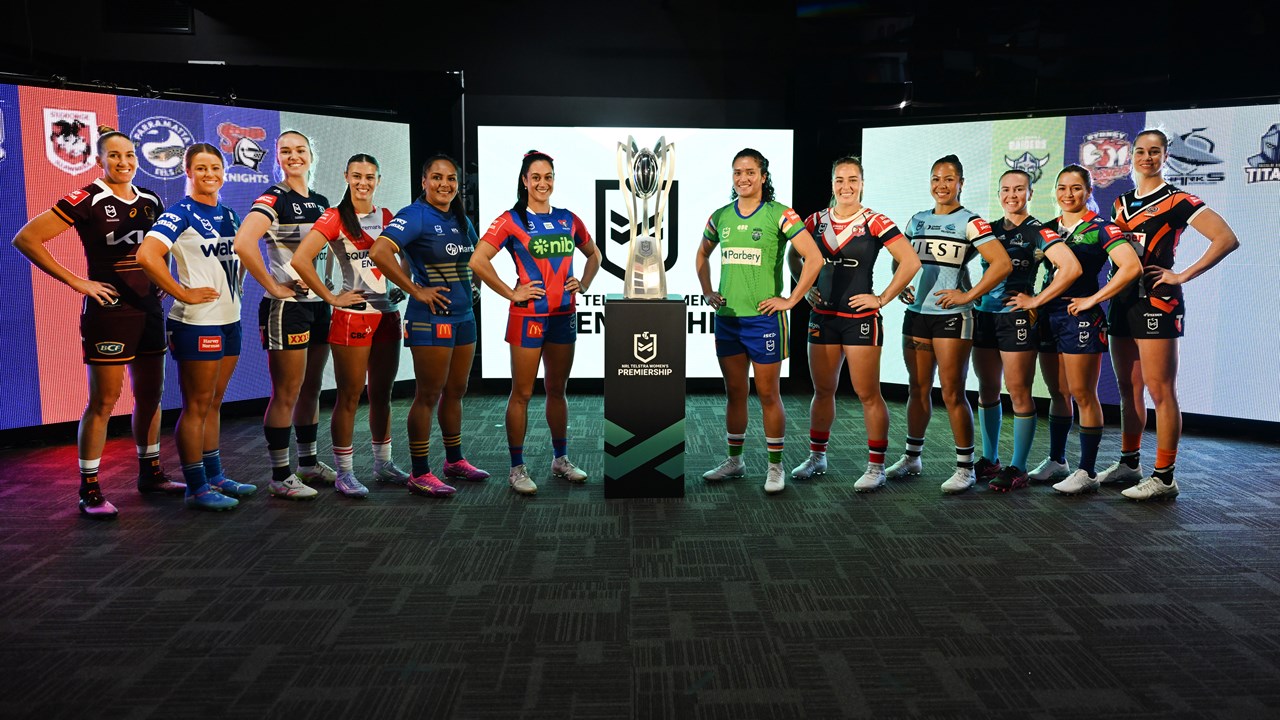Global Revenues for Women’s Elite Sport to Surpass US$1.27 Billion in 2024

Deloitte, anticipates that global revenues for women’s elite sports will exceed US$1.27 billion in 2024, marking a significant milestone for the women’s sports industry. The forecast is part of Deloitte’s TMT Predictions report, demonstrating the booming success of women’s sports across various disciplines.
This surge in revenue is attributed to a combination of factors, including a rise in attendance and television viewership, as well as increasingly lucrative commercial and broadcast deals. According to the report, commercial revenue accounts for 55% of the total, supported by substantial contributions from broadcast agreements and matchday income.
Jennifer Haskel, insights lead for Deloitte’s Sports Business Group, stated, “We wrote a prediction in 2021 and the revenues that were generated, from 2021 to now, is over 300 per cent higher. So you can see over the past few years there has been an incredible amount of growth.”
“We’re seeing a lot of popularity in terms of viewership, attendances etc. That’s showing it’s also a great business decision to invest in and support women’s sport – that’s what I think that billion dollars shows.”
The popularity of women’s sports is evident in significant events, such as the Fifa Women’s World Cup final and the women’s T20 Cricket World Cup, which drew impressive attendances. Soccer’s Women’s Super League (WSL) and leagues like the National Women’s Soccer League (NWSL) and the Women’s National Basketball Association (WNBA) in the US have played pivotal roles in driving this surge in revenue.
Haskel emphasised the evolving landscape, stating, “Because women’s sport is in this nascent phase, there’s this ‘test and learn’ culture where you can trial playing a certain amount of games at the main stadium or increasing and decreasing ticket prices – that matchday environment is only going to get better because the data will be there to show what fans want.”
“Matchday and broadcast [income] are going to continue to grow but commercial is really that biggest lever for women’s sports right now.”
“You’re starting to see women’s-only commercial deals, but also percentages of full club deals being attributed to the women’s team so that value is starting to become more apparent.”
Commercial expansion emerges as a key driver for women’s sports, with women’s-only commercial deals and a share of full club deals increasingly benefiting women’s teams. Haskel pointed out the lower entry cost and high potential reward, along with opportunities for sponsors targeting the diverse demographic of women’s sports.
Despite the positive trajectory, the article acknowledges potential risks associated with commercial expansion, drawing parallels with challenges faced by men’s sports. However, Haskel sees an advantage for women’s sports in learning from past mistakes and adapting more agilely due to their early stage in the development cycle.
She concluded, “Every female sports organisation right now is looking at, what are the governance structures that need to be in place to make sure that as women’s sport continues to grow, it maintains financial sustainability.”
“Maybe at first the structure was set up to mimic what the men’s side used to do but now women’s sport, as its own distinct product, can carve its own path and its own structure.”
It's free to join the team!
Join the most engaged community in the Sports Business World.
Get all the latest news, insights, data, education and event updates.






